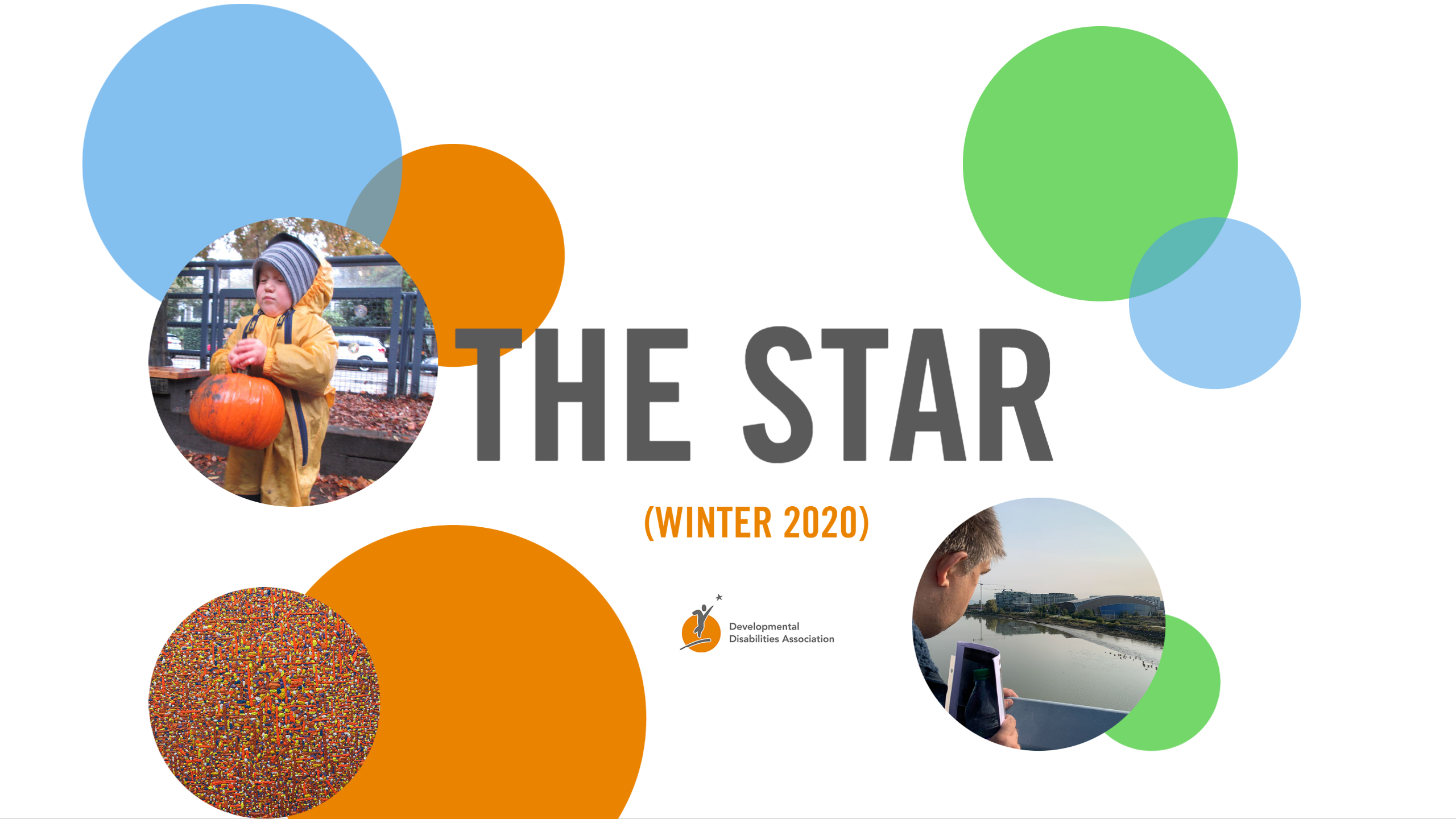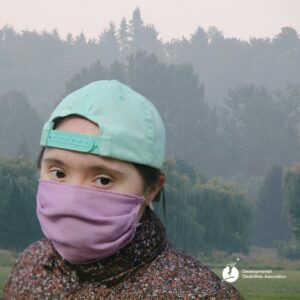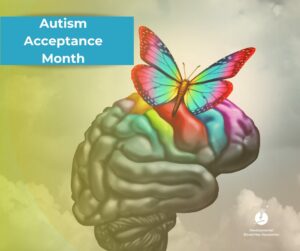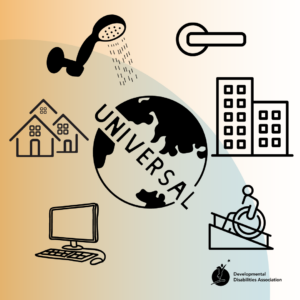I used to love coming into the office. Now I roll out of bed and walk 15 paces to my desk that used to be my dining room table.
Since April, I have been working at home most of the time because a maximum of 20 people are allowed in the office and we have socially-distanced staff who have to be there all the time and lots of others who need to access the office. I’ve found this awkward because I can work all the time and there’s no separation between work and just hanging out at home. I appreciate the flexibility but feel disconnected, virtual rather than real and everyone else appears the same way. Zoom is no way to live your life.
Our strategic plan was developed before COVID-19, so the best we can do is work around our hampered circumstances to continue toward our goals – increasing community awareness, increasing community inclusion/belonging, growing sustainable and stable finances, celebrating our people and providing excellent services. “If you want God to laugh, tell Her your plans.” But as an optimist would say, this was a great opportunity to test the technologies we had in place, which were substantial enough to let us flick a switch and turn most of our administrative and many of our program functions on-line. Staff converted their passions into creativity and kept services open.
Our Assistive Technology department staff increased their resources based on increased demand. Everything continues to operate well. Luckily, Communications and Assistive Technology work is all online and we had systems in place before COVID hit.
I am currently struggling with the question: “What is community inclusion in the days of COVID?” It used to be about going out to events, shopping, coffee, to visit with friends, see family and enjoy everything the city has to offer, just like everyone else. But now that everyone is social distancing and all events for more than a few people have been cancelled, what is social inclusion? If you have any ideas or strategies that you’ve already developed, please send me an e-mail.
But I am not there to see the people making it happen and they are not there anymore either. At least not all the time. They’re at home, out at sites, supporting staff, or out purchasing PPE. When I go into the office, it is quiet. The people who are there are generally too busy to chat. I really miss everyone.
In the face of COVID-19, which could be with us for a couple of years, we cannot ease our protections for our most vulnerable. The disconnectedness and loss of contact with people who I greatly admire and respect that I am experiencing is a truly small sacrifice compared to the threat of COVID spread. The numbers of people who we support who require oxygen get higher every year. Diabetes, kidney disease, respiratory illnesses and old age leave some of the folks we support at extreme high risk of losing their lives if they are exposed. We don’t yet know if COVID might cause long-term health problems, like chicken pox can cause shingles later in life.
Some otherwise healthy young people have died or suffered what will be life-long impairments. Many people who have no symptoms can spread the disease. We also don’t know if people who have overcome COVID become immune. This virus is extremely contagious and mysterious.
Risk needs to be balanced with life enjoyment though, or people can get angsty, depressed and distressed. Our program staff have completed individual COVID-19 plans for each adult who we support, balancing their level of risk with community activities again, with marvellous staff creativity.
As for DDA’s general community presence and activities, the challenge of the next year and no doubt some years to come, is to move online and help families by providing interesting online content and social media contact. This is the opportunity to accelerate our journey of innovation. We will be testing our own abilities to overcome obstacles and encourage abilities, but change can be good. If the future produces the results we have achieved in our past, we can look forward with excitement and optimism.
We still have so many questions to answer and solutions to find!
By: Alanna Hendren
DDA Executive Director



